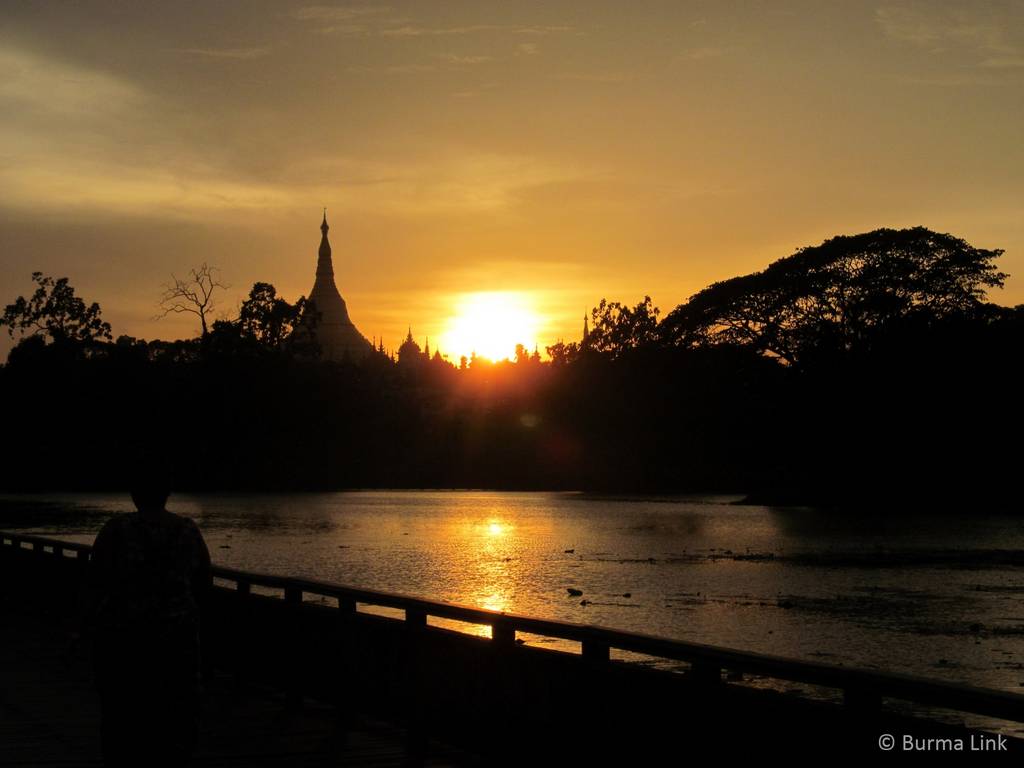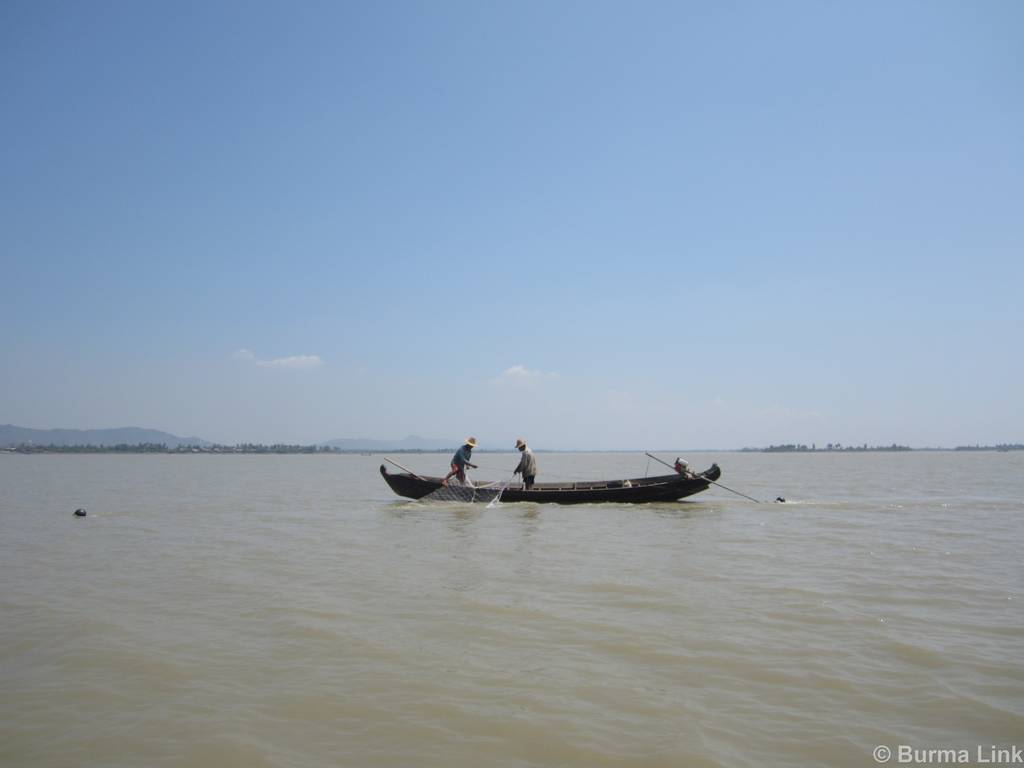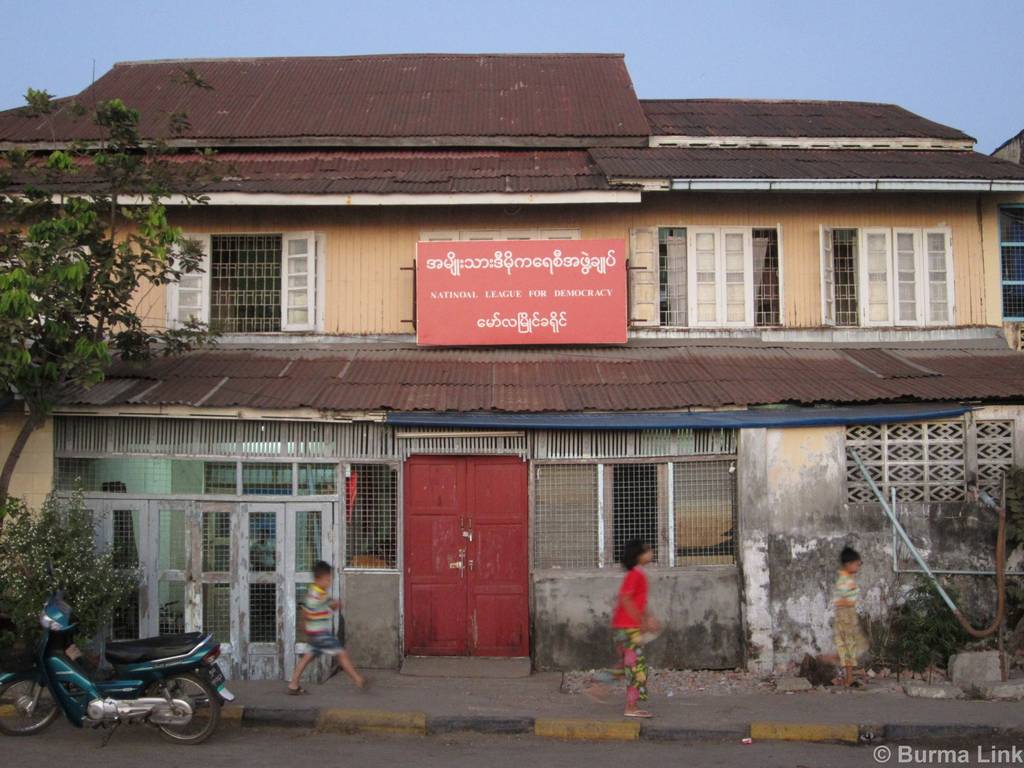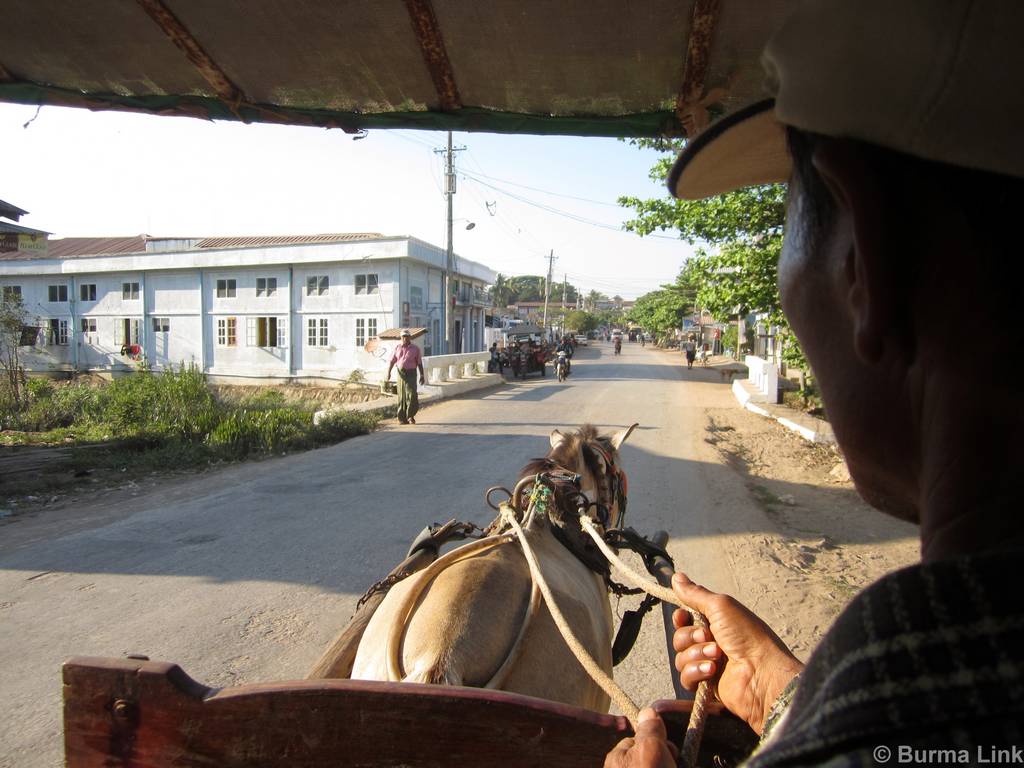The vast majority of Mon are Theravada Buddhists and much of the Mon culture is influenced by Buddhism. Mon culture thus shares some similarities with Burman culture, which is thought to have descended from the former. Nevertheless, Mon have their distinctive ethnic dances, songs, and food that are different from those of the Burman. By contrast to the Burman dress, Mon longyi is traditionally always red to signify bravery and purity (Centre for Peace and Conflict Studies, 2010).
Historically, Mon culture and language used to be dominant in ancient Burma and Thailand. According to Mon leaders their numbers are around four million (see New Mon State Party). While Mon was the leading language in the creation of Burmese, the use of spoken Mon has greatly declined during the past 150 years (Ekeh & Smith, 2007). The drastic decline in Mon culture is perhaps the most poignant evidence of Burmanisation among all ethnic groups in Burma (for more information refer to Burmanisation and Discrimination). Today most Mon speakers live in the Mon State, with Thailand to its east and Andaman coast to its west.
According to some scholars, the number of people who speak Mon is small compared to the large number of people who identify themselves as Mon. Mon Buddhist monks and scholars, and the New Mon State Party (NMSP) have been actively promoting Mon language and culture, which are taught at Buddhist monasteries inside Mon State and at schools run by NMSP. Despite Burmanisation, an interview survey conducted mainly with NGO workers in urban areas in 2009 found that most Mon interviewees perceived Mon-Burman relations as well as other inter-ethnic relationships positively (Centre for Peace and Conflict Studies, 2010). The relationship with the military, however, remained tense and overwhelmingly negative as a consequence of military abuse of villagers that remains commonplace.
The Mon State suffers from a lack of job opportunities. The Mon who work, generally do so in agriculture, rubber plantations or in cross-border trade to Thailand. Both rubber and rice prices have gone down however, and locals are also commonly excluded from trade in a wide variety of products. The state also suffers from land ownership issues and exorbitant government taxing. Ethnic discrimination and gender inequality remain widespread (see Centre for Peace and Conflict Studies, 2010).
Although the Mon worked with General Aung San and the Burmese nationalist movement in WWII, they were not rewarded at independence. Mon political demands were largely ignored and there was no demarcation of a Mon territory. With the outbreak of the Karen revolution in 1949, many Mon communities followed suit. During this time, the Mon Freedom League (MFL) allied with the Karen National Union (KNU) and the Mon Po Cho’s United Mon Association (UMA), forming the Mon National Defence Organisation (MNDO) that worked against the Burmese military. The Mon Peace Force however, was the most powerful Mon insurgent force of the so-called Parliamentary era (1948-58). It was also the first organisation to explicitly demand the creation of an Independent Sovereign State of Monland. After the surrender or MPF to the Burmese army in 1958, the founder of the MFL formed NMSP (see New Mon State Party) that became the vanguard of the armed struggle for Monland for the next 40 years.
International organisations have repeatedly accused the Burmese government of massive human rights violations in the Mon State, including forced labour and displacement, arbitrary detention, rape, murder, and land confiscation. As a result, many Mon villagers have fled to neighbouring Thailand. Although the NMSP has had a ceasefire with the military government since 1996, the Mon State remains heavily militarised and still has 35,000 IDPs (TBC, 2013a). The United Nations and other international agencies have very limited access to many Mon areas.
The Centre for Peace and Conflict Studies survey (2010) found Mon NGO workers particularly active in expressing their desire for capacity building and social and political development in the state. The international community was encouraged to lobby more with China and Russia and to take a mediation role between the government, NLD, and ethnic groups.




